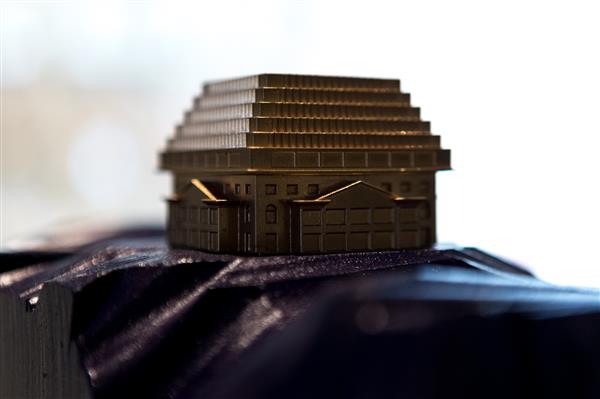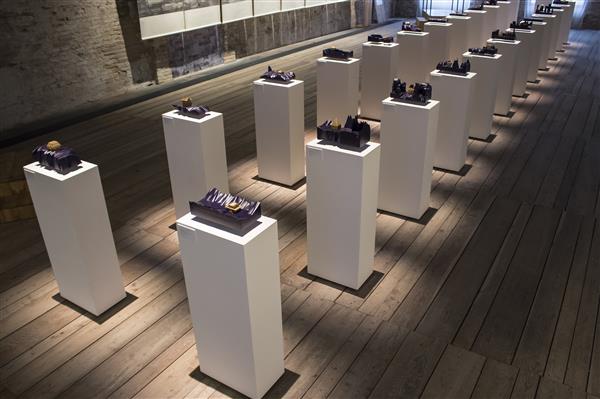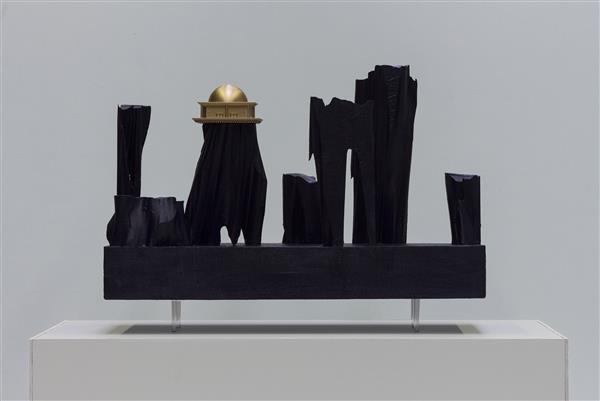Belgian architect and artist Cédric Van Parys recreates Shanghaï architecture through 25 3D printed models.
Such as a great number of artists who are aware of 3D printing’s capabilities, Cédric Van Parys understands the key is in bringing out every detail, a rule that he carefully took into account during the realization of his work.
Created to a small scale, those 25 3D printed models are part of a project called ‘Monuments for Progress’ which celebrates the unicity of Shanghai’s architecture.

“Shanghai is like a melting pot,” Van Parys says. “It’s the only city where so many different cultures have passed, giving birth to different architectural styles. The rooftops could be temples, modern sculptures, or very futuristic structures. That intrigued me.”
“Monuments for Progress”
It all began when our artist spent 10 months in the big city of Shanghai as a Swatch artist in residence. During his stay, a residency program was launched in order to introduce the best artistic creations to the streets of Shanghai.
According to his sayings, he first of all noticed “the weird sculptures on top of the skyscrapers”… but when he came back to his studio, he progressively transformed the 2D images he had taken into 3D printed models using light-cured SLA techniques. He had no other option to achieve precise details of 0.3mm.

Each of these models represents a unique moment in Shanghai district architecture.
He made use of two tones to give brightness to this series of fabricated landscapes: dark blue for the landscape, and gold for the rooftops. For the artist, “the dark blue was related to that moment in the evening before the Shanghai gets really dark, and gold is a colour that signifies something valuable and royal, which is much beloved by the Chinese.”

For further information about 3D Printing, follow us on our social networks and subscribe to our newsletter!
//pagead2.googlesyndication.com/pagead/js/adsbygoogle.js
(adsbygoogle = window.adsbygoogle || []).push({});






